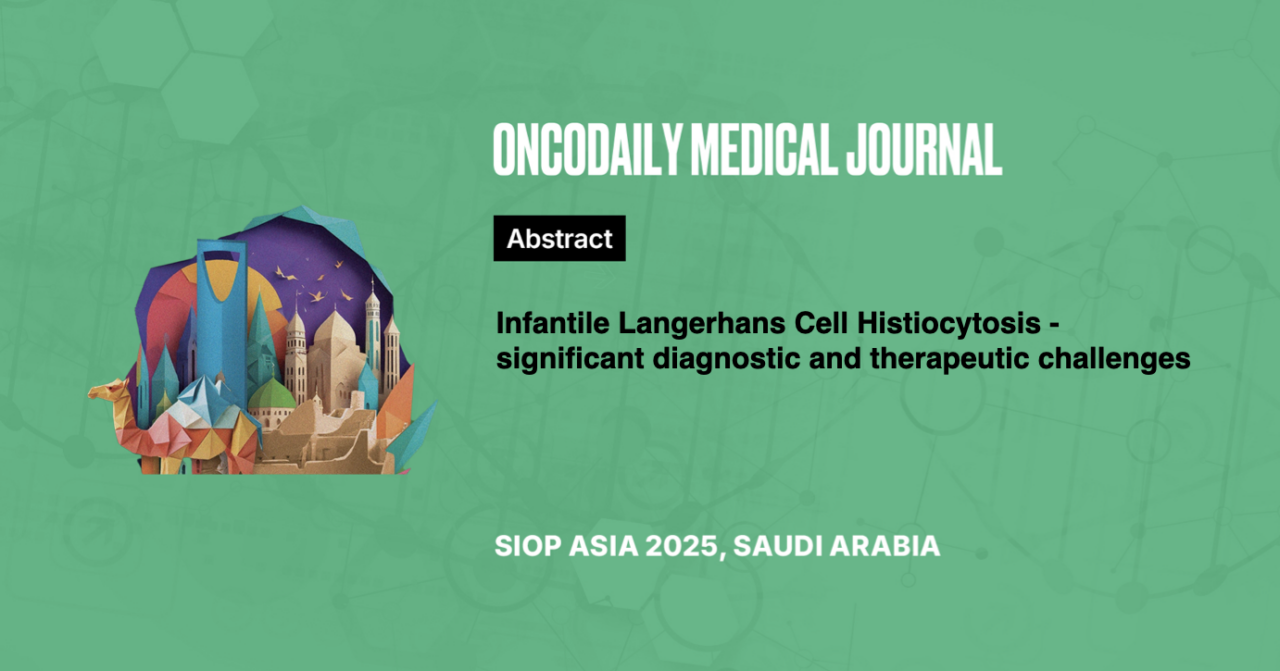Infantile Langerhans Cell Histiocytosis – significant diagnostic and therapeutic challenges
Abstract
Introduction: Langerhans Cell Histiocytosis (LCH) is an uncommon disorder with diverse clinical manifestations in the pediatric population. When diagnosed in infants under one year of age, the disease often exhibits a more aggressive course. Limited research on this pathology in Central Asia prompted a study in Uzbekistan to better understand its characteristics and outcomes.
Methodology: We conducted a study involving 14 infants under one year of age with confirmed LCH diagnosis, established through immunohistochemical analysis. Patients were categorized based on organ involvement risk: no critical organ involvement and risk (involvement of liver, spleen, and/or cytopenia). Primary evaluation metrics included adverse events, assessed using the Common Terminology Criteria for Adverse Events (CTCAE) version 5.0, and therapeutic responses, evaluated according to disease activity assessments.
Results: The median age at diagnosis was 8.15 months, with a boy/girl ratio of 9:5. Disease distribution revealed 11 patients with risk organ involvement and 3 without risk involvement. Molecular genetic testing identified the BRAF V600E mutation in 65% of patients. The median follow-up duration was 15 months (range: 5.3 to 32 months), and the median treatment duration was 12.6 months.
All patients received 1-line therapy according to the LCH-III protocol. 2-line treatment, when necessary, followed the Cladribine and Cytarabine regimen (4 curses). After 6 weeks of therapy, there were 5 complete responses and 5 partial responses; one patient died to septic shock. Among the 5 patients with partial responses, four achieved remission following 2-line therapy, while the patient died due to sclerosing cholangitis accompanied by persistent hyperbilirubinemia.
Conclusion: Infantile LCH remains a diagnostic challenge, with potential for rapid disease progression. Clinicians should maintain a high index of suspicion and promptly initiate appropriate management strategies. Further studies with larger patient cohorts are essential to delineate the disease spectrum and determine the optimal duration of therapy.





